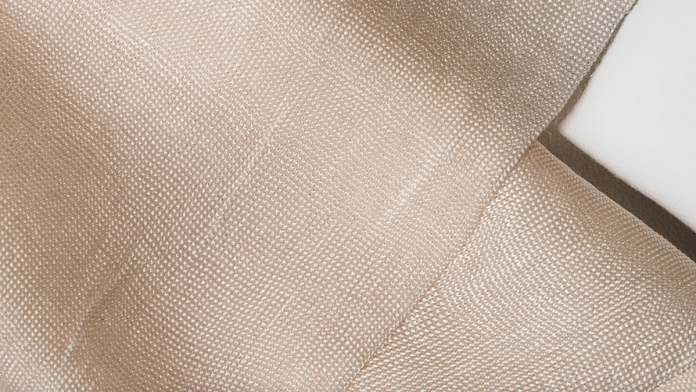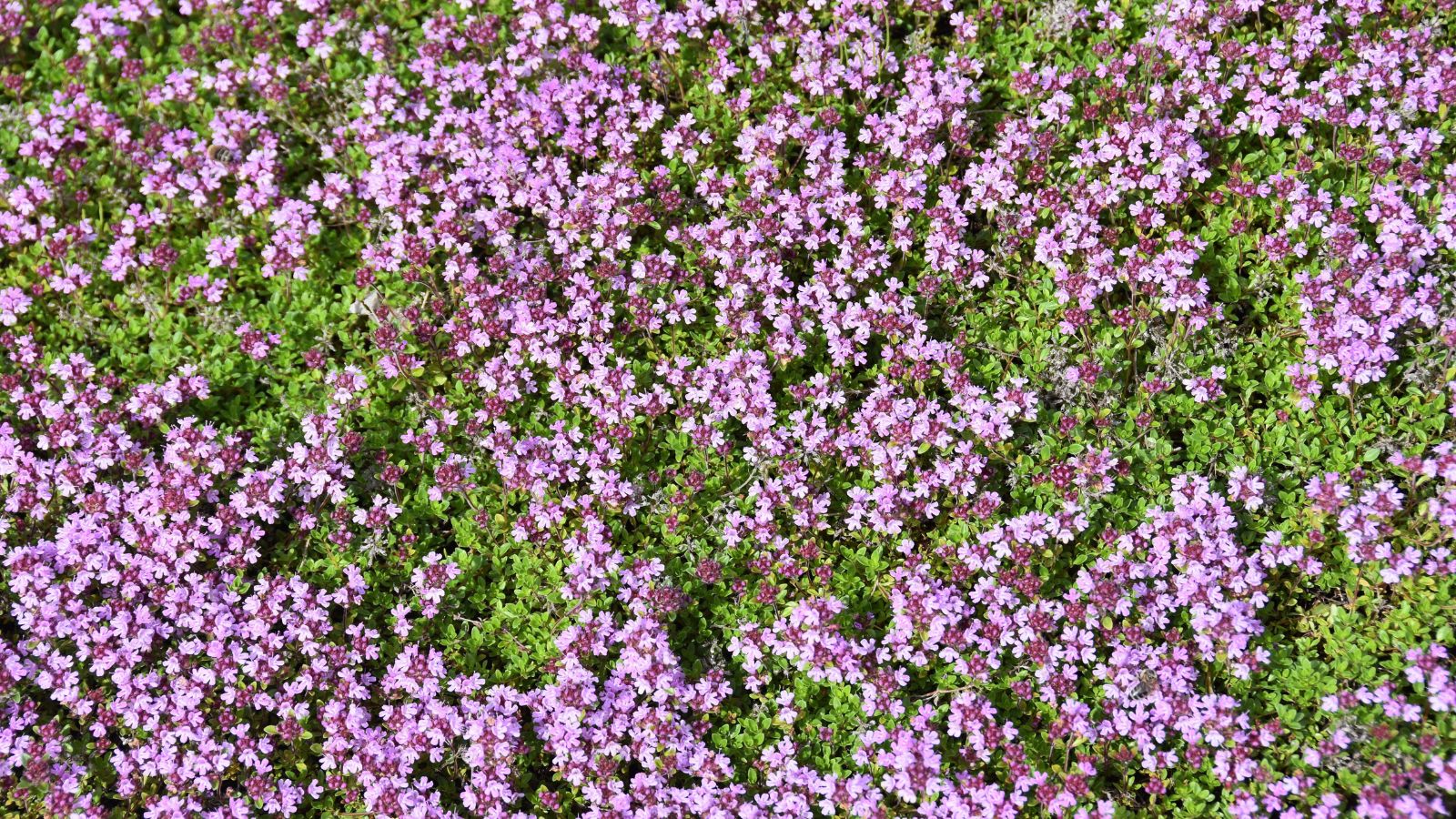T here is a strong need for the development of next-generation materials that are high-performance, environmentally responsible and less dependent on global supply chains and scarce natural resources. True material innovation requires creating products that have minimal environmental impact and offer performance and resilience. While nearly two-thirds (64%) of material innovation companies focus on alternative leathers, there is a critical need for innovations targeting other animal-based materials.
According to the Material Innovation Initiative (MII), the next-gen market share for alternative fibres is less than 1% – highlighting a significant opportunity for growth. The focus on alternative leathers is understandable, given the fashion industry’s significant demand for leather products. But what about other animal-based materials, such as silk, wool and fur? The limited market share for alternative fibres underscores the need for diversification in material innovation.

By expanding the focus beyond leather, companies can deliver a broader range of applications and tap into new market opportunities, while addressing today’s pressing sustainability challenges. Instead of breeding animals for their fibres, new technologies are emerging as transformative solutions to the challenges posed by traditional animal-based materials. Advanced biotechnological processes can create materials that mimic natural biological systems – without the need for an animal.
One of the frontrunners in this field is lab-grown material from silk-based proteins. This innovative material, based on man-made silk proteins, offers a sustainable, high-performance alternative to traditional silk and other animal-derived materials. Using biotechnology, the production transforms plant-based carbon into complex silk proteins with the help of microorganisms.
While the initial idea is to utilize silk proteins to produce silk-like materials, the potential behind this technology is much greater. Silk proteins are adaptable at a molecular level, meaning their properties can be changed and tailor-made to the targeted application. Materials based on biofabricated silk proteins range from lightweight to strong and robust; this versatility makes the proteins suitable for applications in textiles, coatings and automotive industries.
In the future, these materials have the potential to be utilized in a broad number of industries. More than 50 potential cross-industry applications have already been identified to provide long-term solutions in a number of sectors and more will follow. AMSilk’s independent cradle-to-gate analysis highlights that the production phase of biotech-produced silk contributes less than 20% of the overall environmental impact compared to traditional animal-based fibres.
This is a stark contrast to traditional silk production, where the environmental burden is significantly higher due to extensive agricultural practices and there is also the possibility of animal cruelty. While traditional wool production is water- and land-intensive, the environmental impact of the biofabricated silk used to produce alternatives that closely resemble the look and feel of wool is much lower. The production process is more efficient and does not involve extensive land use for animal breeding and water for land irrigation.
The use of renewable energy sources can further enhance the sustainability of the production process, leading to reductions in climate change impacts. Furthermore, biofabricated silk is fully biodegradable, supporting circular material use and reducing waste. Until recently, the creation of sustainable, alternative materials meant compromising on price and performance.
However, microorganisms have evolved; thanks to the development of new strains, they have become very powerful and efficient. Today, the technology has outgrown niche markets and can serve global volume markets. Unicorns and innovators in these next-gen materials rely on experienced industrial companies that produce in large fermentation parks, ensuring that these innovations can be manufactured to industry standards – at attractive prices.
The increasing quality of the protein also contributes to this. While initially, the idea was to mimic natural protein, today’s proteins can be engineered with the help of artificial intelligence, making them even more powerful and high-performing. The adoption of biofabricated materials, therefore, has the potential to redefine the future of high-performance materials with scalable, high-margin solutions that address global market demands.
AI-driven protein engineering and precision bio-fermentation technology enable the production of next-generation materials that will combine industrial scalability, superior performance and significantly lower resource consumption. This technology has the potential to transform up to 50% of the global materials market , with immediate applications in textile yarns, fast-moving consumer goods, automotive, agriculture and food packaging – industries with massive demand and strong growth trajectories. This article is republished from the World Economic Forum under a Creative Commons license.
Read the original article . Save my name, email, and website in this browser for the next time I comment. Δ document.
getElementById( "ak_js_1" ).setAttribute( "value", ( new Date() ).getTime() );.
Environment

How man-made silk can disrupt the fabric industry

Instead of breeding animals for their fibres, new technologies are emerging as transformative solutions to the challenges posed by traditional animal-based materials.















